There’s this odd misconception out in the world that publishers and authors are rich. We both have money to burn and can afford huge outlandish parties to celebrate our books.
I wish.
Here’s a breakdown of where money goes at a small press.
Let’s do the math.
Say you have a paperback book, like this one for instance
. It’s retail price is $9.95 but to make it easier we’re going to say it costs $10. (To be accurate, right now, Amazon has it on sale for 29% off. I’m just saying.)
Of that $10, 50% goes to the retailer like Amazon or Barnes & Noble or to a wholesaler like Ingram or Baker & Taylor. (Actually the discount can vary. It can be as little as 47% for returnable indies like BookPeople or as high as 60% when sold non returnable to wholesalers, but for the purposes of this conversation, we’ll go with the easy 50%).
That means that of that $10, $5 goes to Amazon or whoever, and $5 comes to me the publisher.
From that $5, I pay the author a royalty of 10%. So 50 cents goes to the author.
I also have a distributor. Since I’m a tiny micro press, I can’t afford to have a sales force. My distributor has one as well as doing the fulfillment of orders. For that I pay a complicated fee structure based on monthly gross and net sales, but it averages to 20% a book.
So from the $4.50 I have left after paying my author, I give the distributor $1.
This leaves me with $3.50. Unfair, you’re thinking, this leaves you with 7x what the author made.
Ah, but I’m not done.
It costs money to physically make that book you’re holding.
There’s $2.15 per book in printing. 50 cents per book in catalog fees if I want that sales staff I’m paying for in my distribution fees to actually be able to sell the book. 50 cents a book in marketing expenses. (NetGalley for example is $500 to have your book available there.)
So, from my $3.50 I’m actually only earning 45 cents a book. 45 cents. You notice that this is less than the author. And that 45 cents has to either pay for the stock art for the cover (if I made it) or it goes out to an illustrator. It also has to cover my time and energy, editing, copyediting, proofing, graphic design work and the time I spend marketing.
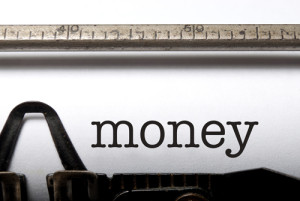 So, after selling 1000 paperback books, my author has made $500, I have maybe made $450. If I only put in 80 hours per book, I’ve made less than $6 an hour. But let’s be honest, all the money my company makes goes right back in to fund the production of new books. My current salary is 0.
So, after selling 1000 paperback books, my author has made $500, I have maybe made $450. If I only put in 80 hours per book, I’ve made less than $6 an hour. But let’s be honest, all the money my company makes goes right back in to fund the production of new books. My current salary is 0.
But what about ebooks? you ask. Those don’t have printing expenses and people are making fortunes off of those. Why dont you pay your authors more?
I do pay them a higher percentage. But again, let’s do the math.
I price my ebooks at $3. The ebook market is highly price driven. Since my authors are unknown, I have to widen the field to the largest numbers of customers possible. That means a $3 price point.
From that $3, again, the retailers take 50%.
I get $1.50. I pay a 50% royalty on ebooks, so my author gets 75 cents. Yeah! Thats more per book.
I also get 75 cents, but again, I have to pay my pesky distributor its 20% or 30 cents.
I’m back to 45 cents. I make the same money with a paperback as I do with an ebook.
And if its an ebook original, there are expenses associated with it.
For the ebook original coming out on Tuesday, I had a cover expense of $50. That means that I have to sell 112 books to break even. After 112 books, my author has made $84. I’ve made 40 cents.
$84 and 40 cents.
Writing and publishing. It’s a labor of love, not a labor of profit.
To better illustrate all of this, I made the following info graphic. Now the really astute of you will notice that the numbers on it are not identical to the numbers I wrote about above. For example, the author royalty on the info graphic is only 5%. That’s because the 10% royalty I pay an author is calculated after the retailer/wholesaler takes its discount. With a 50% discount on a print book, that works out to 5% of the retail price. Now when someplace takes a smaller discount, obviously the author makes more.
For a printable version, click here.
(Already a subscriber to my newsletter? You have this info graphic plus all of the other free stuff in the email sent 1/22/2015.)

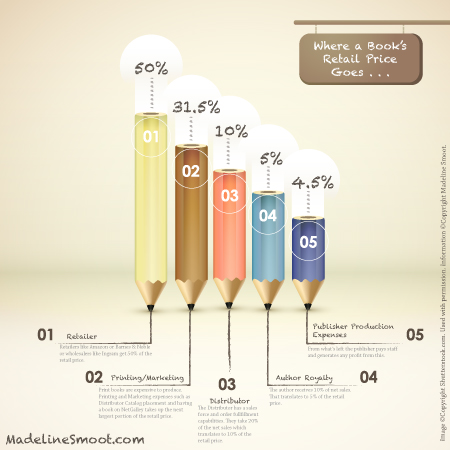
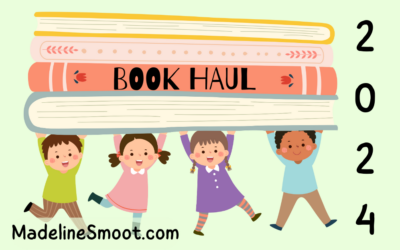
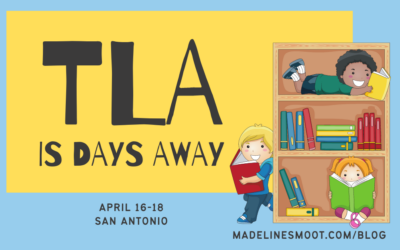
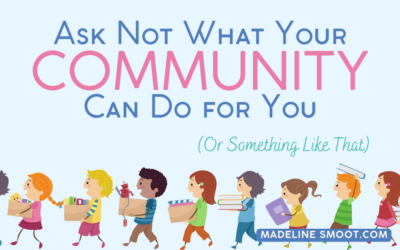
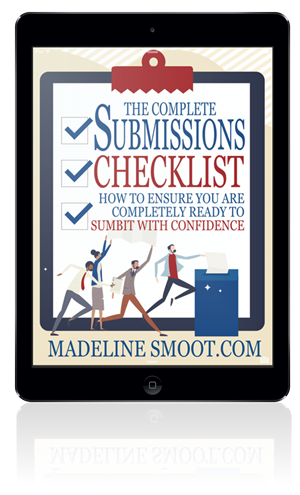
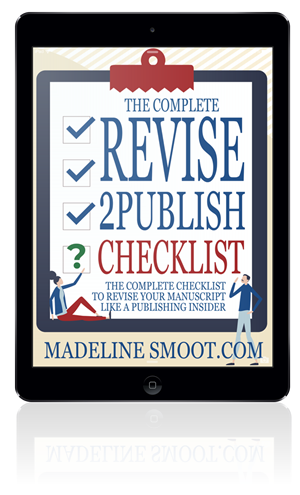
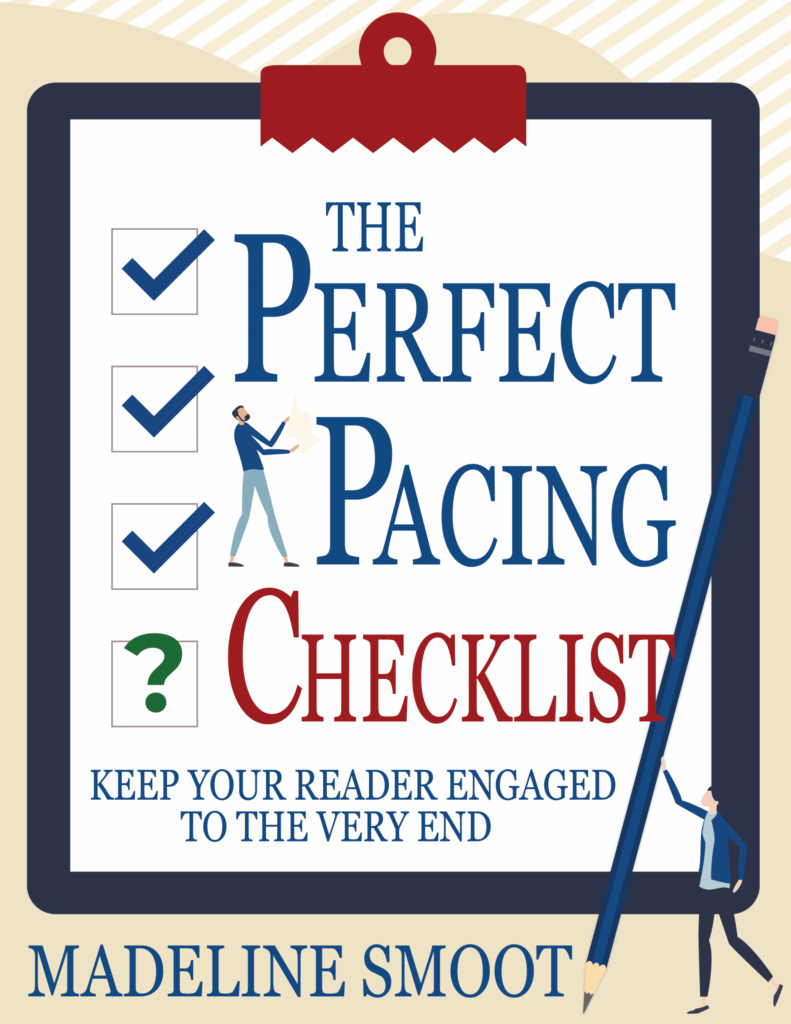

You must be logged in to post a comment.